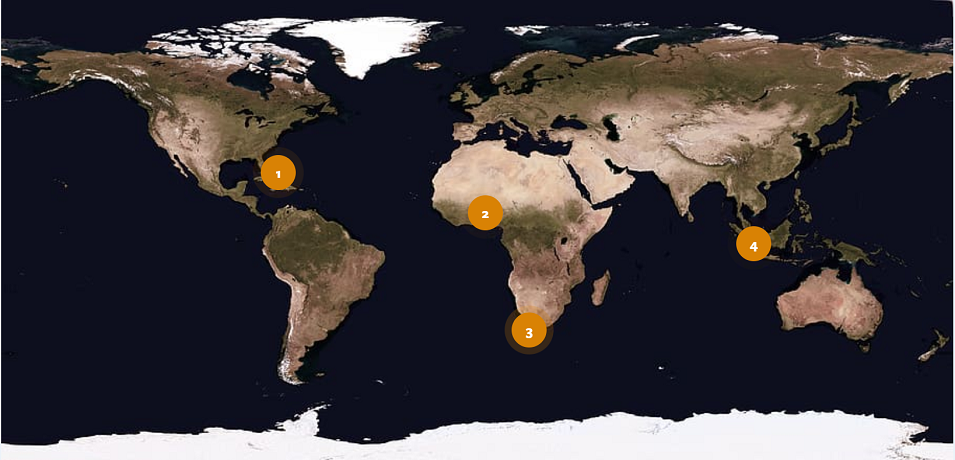The impact of climate change on the social, economic and environmental issues is hampering governments’ efforts to provide protection and basic needs in developed coastal cities. This resulted in increased instability and social tensions. According to the Intergovernmental Panel on Climate Change (IPCC), sea levels could rise by as much as one meter by 2100, which put coastal ecosystems and the communities depending on them under high pressure. Costal cites residents will be confronting the risks of storms, warmer ocean temperatures, and declining fish populations. At the same time, many of these cities are struggling with underlying economic and social issues, such as poverty, high levels of unemployment, inadequate infrastructure and corruption. Developing a localised risk information tool will help decision-makers, international financial institutions and regulators to better control investments that could alleviate instability and social tensions.

“CORVI is an innovative tool which compares a diverse range of risks to produce a coastal city risk profile. This information can be used by decision-makers to target investments to build resilience where it is needed most.”
According to the project developers, climate resilience projects cost billions of dollars every year. As the impacts of climate change have increased dramatically in recent years, governments and financial institutions require targeted risk information where limited resources are efficiently utilised to protect people and their livelihoods. As a response, the Climate and Ocean Risk Vulnerability Index (CORVI) is developed by Stimson Center to meet the growing need of a developed risk assessment tool.
Read the full article and check out the interactive map here.
Photo credit: Prayitno/Flickr



